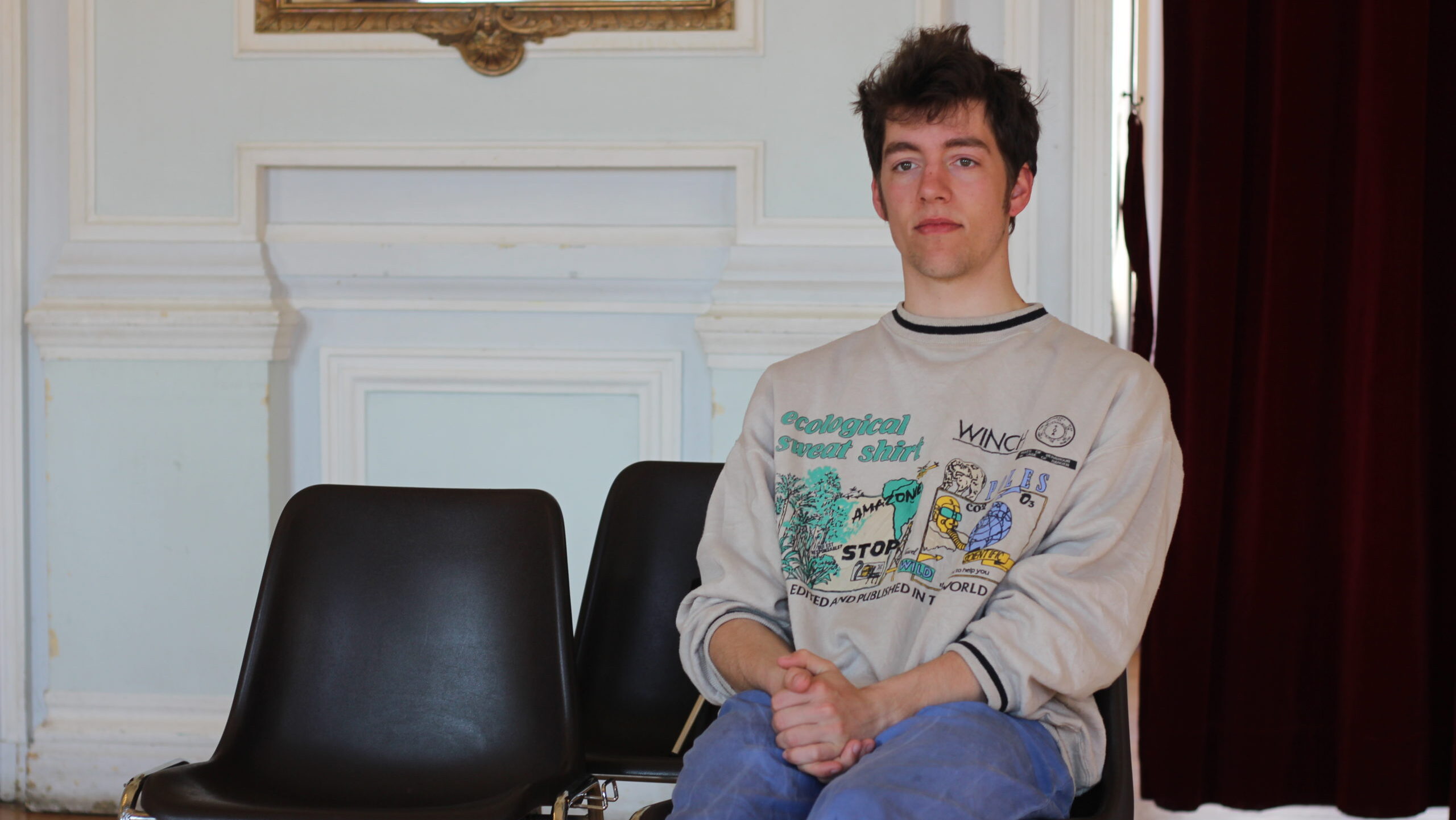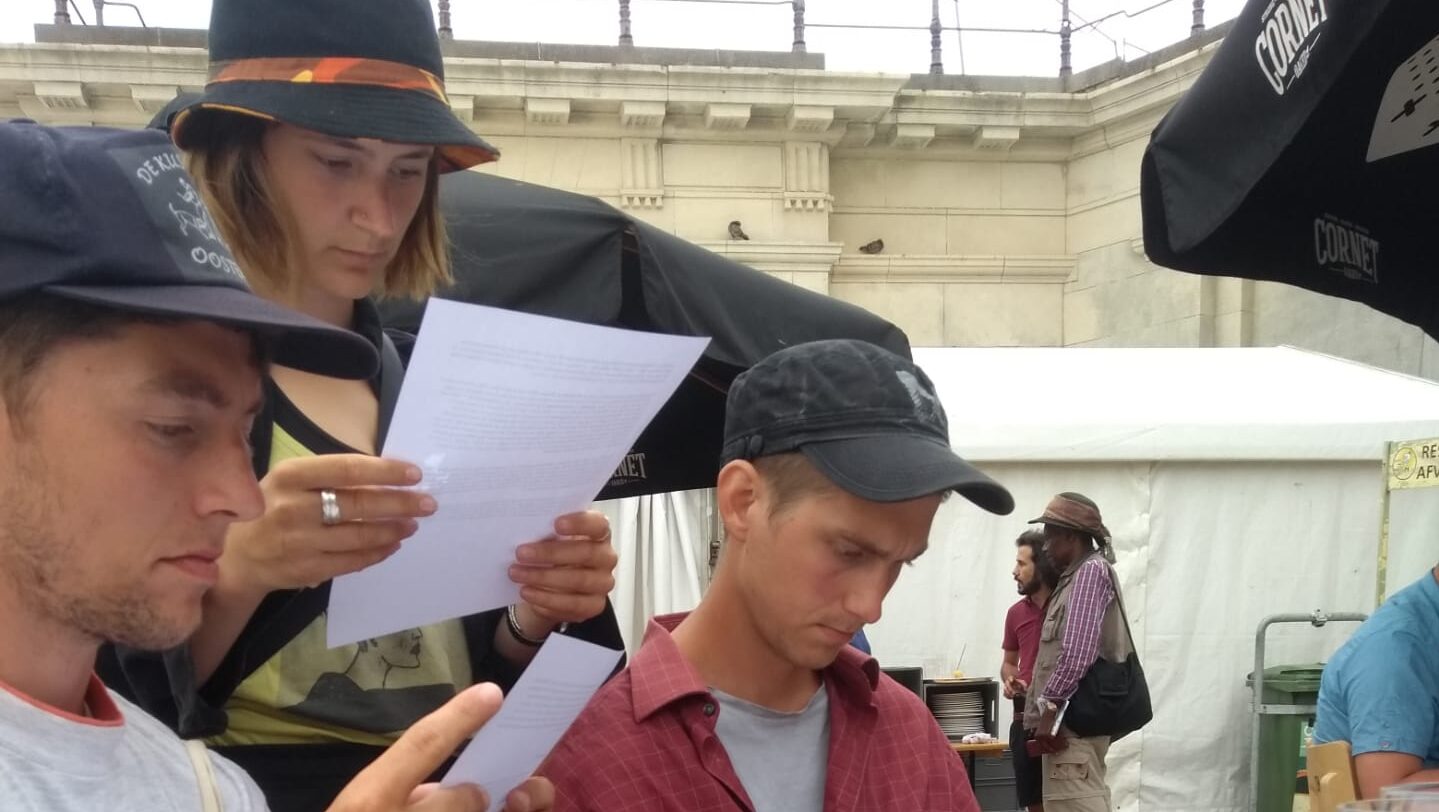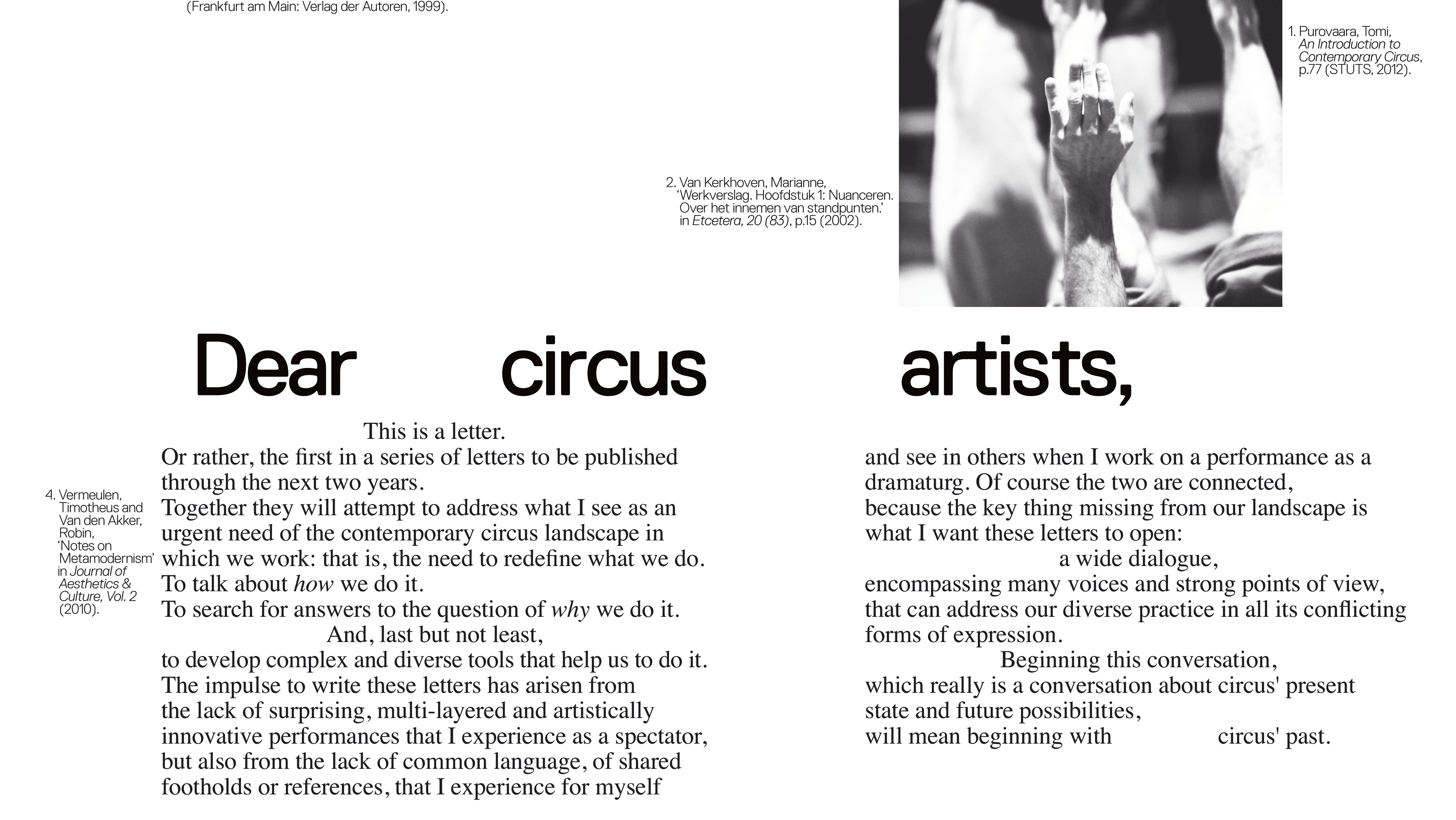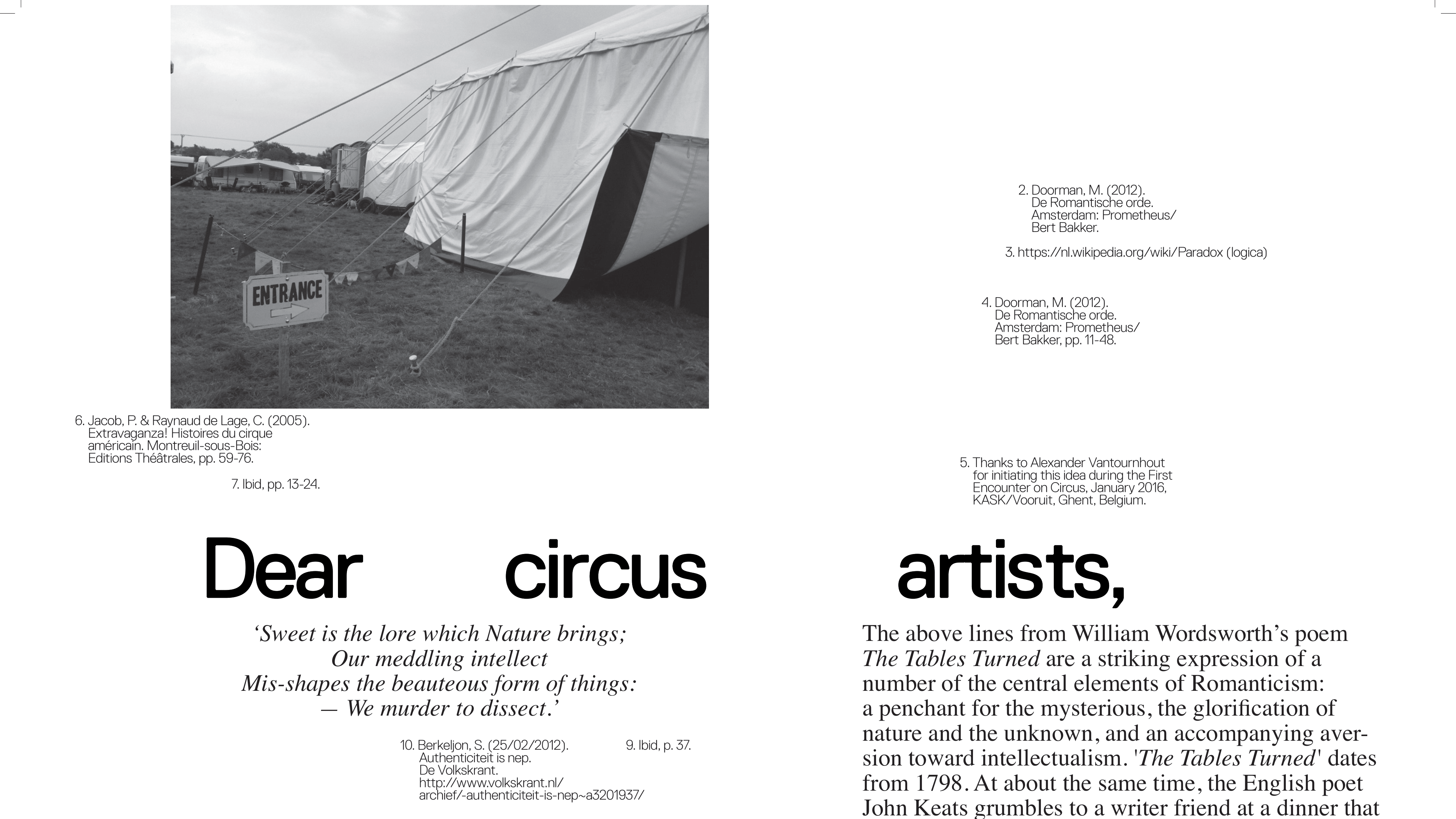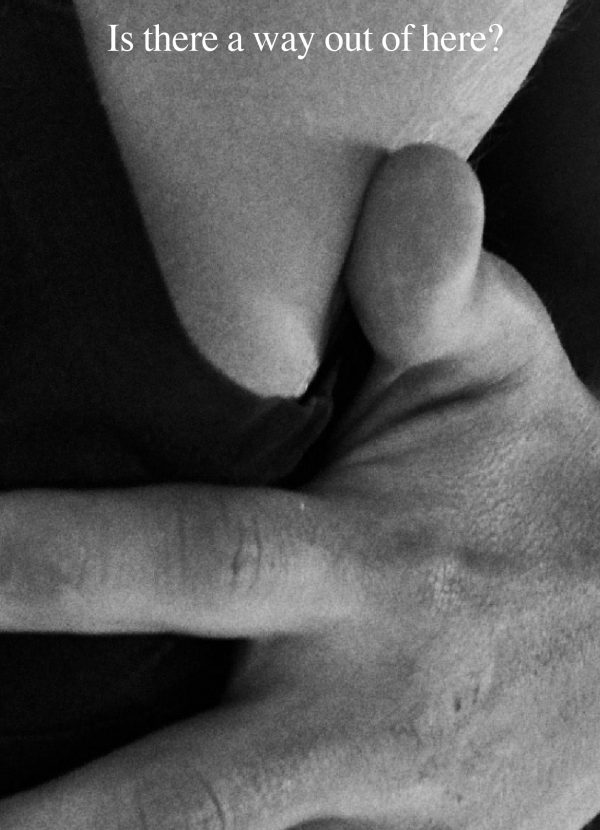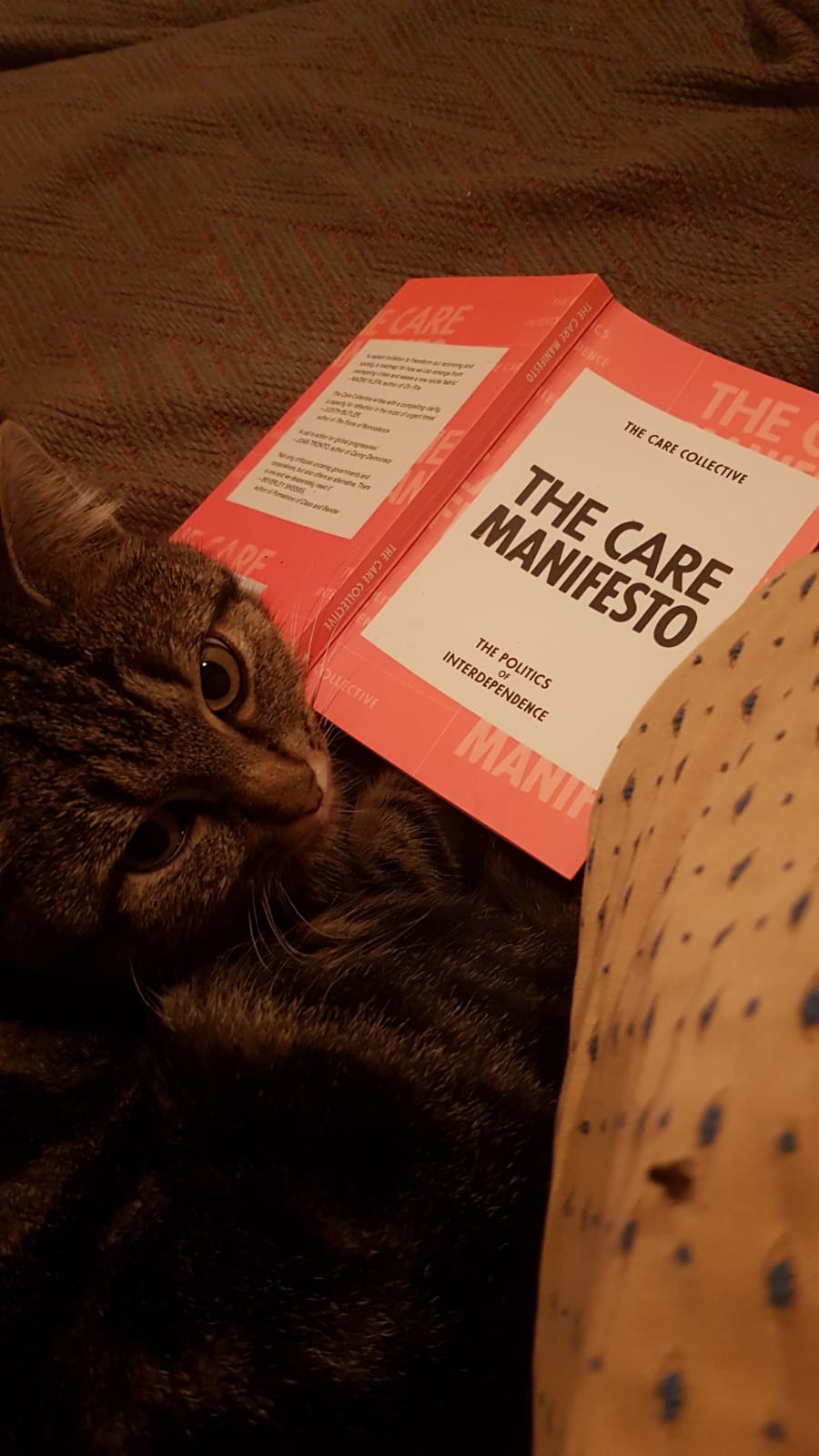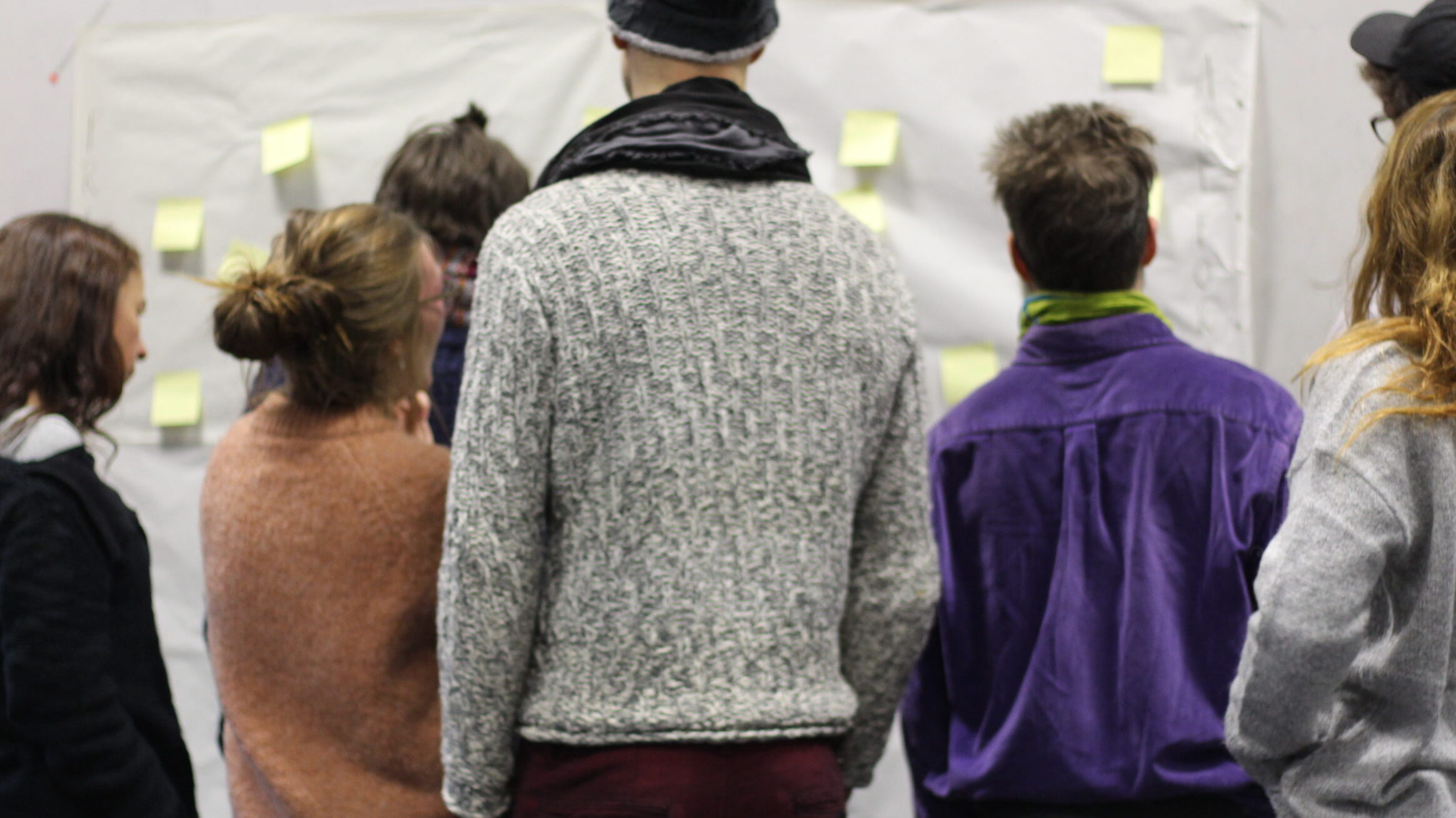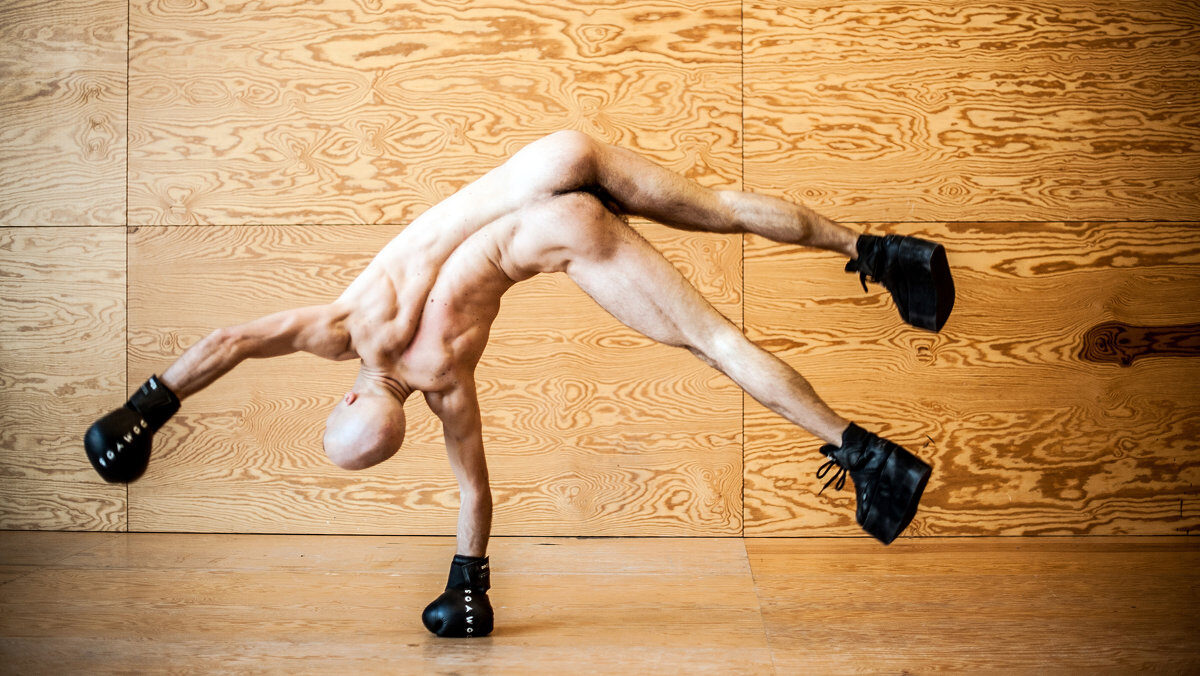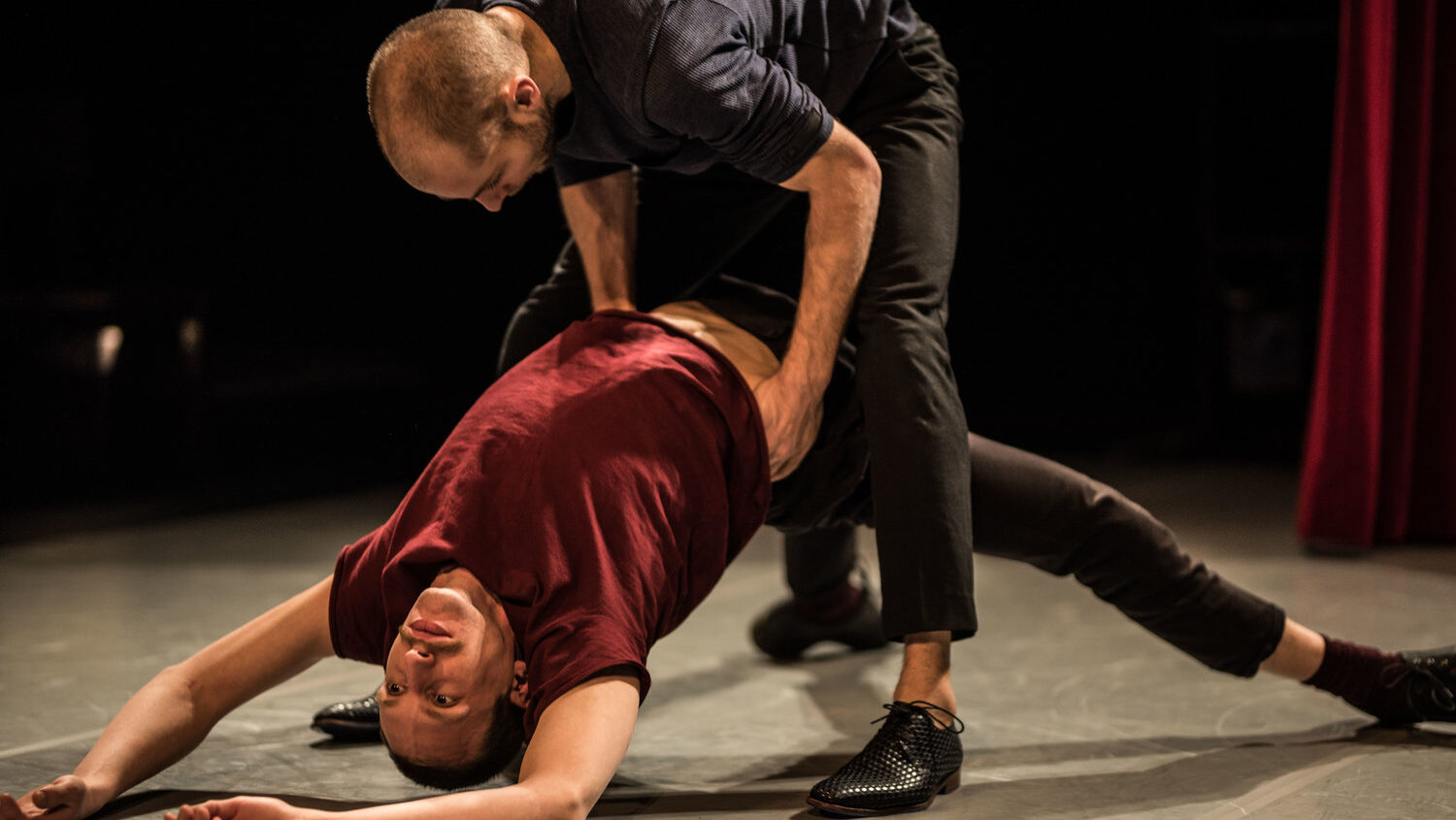Second Encounter
What can/could artistic research in circus (possibly) be?
Following the publication of the Second Open Letter and the different reactions to this piece, it became clear that it is necessary to develop languages and tools to speak about what we do. Instead of developing these from a top-down perspective, we thought it important to develop these multifaceted languages together. In dialogue. Because speaking together is thinking together. As such, the Second Encounter focused on the open question of what artistic research in circus is or could be.
Together, we set to work with a number of forms of conversation from Building Conversation (2012 – …), originally developed by Lotte van den Berg (NL) and Daan ‘t Sas (NL). For instance, we had the Impossible Conversation on Circus and discussed one question for each course of a meal in the Dinner Conversation. But we also held a small marathon of relay interviews. All these different forms of conversation created a space in which we could think and talk together about what artistic research in contemporary circus creation can possibly entail.
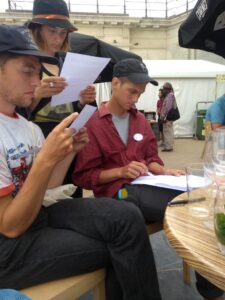
Presentations
Conversations
During the Second Encounter, we worked with several conversation techniques developed by Building Conversation, such as the Impossible Conversation, Dinner Conversation and Cascade of Values.
For more information on the work of Building Conversation, see the amazing (and free) book The Scripts published by Building Conversation in 2023.
Impossible Conversation by Building Conversation
A conversation about circus based on a technique developed by Jesuit monks as a way to talk about God.
How it works
You sit in a circle together; everyone has a pen and paper. You think of a personal experience with circus (as a performer, circus maker, spectator…) and of how this experience felt in your body. You try to capture this bodily experience in writing, thinking about the tone and the perspective from which you write. (Maximum 1 page.) You get 15 minutes to do this, spreading out in the space. No one speaks.
After 15 minutes you gather back in a circle. Each person reads out his/her writing, the rest of the group listens. There is no fixed order in doing so. When everyone has read out his or her text, you spread out again in the space. This time you write maximum 1 page about the experience(s) of the other(s): something that touched you, that you recognised, that may have appalled you. Again, you get 15 minutes for this. After that, the process repeats itself: everyone reads out their text, the rest of the group listens. Again, there is no fixed order. When everyone has read out his or her text, the Impossible Conversation ends. It is then followed by a group discussion.
Note: In this case, the topic of the Impossible Conversation is circus, but it doesn’t have to be. You can apply this conversation format to talk about many things. It is especially suited to unearthing the things, concepts or experiences you think you cannot talk about because they (only) exist in the subjectivity of inner, personal experience.
Dinner conversation by Building Conversation
Good food is important. Eating and drinking together creates intimacy and releases tension. Parallel to the courses of the menu, we agreed on a circus related topic of conversation for every course of the dinner.
Cascade of values by Building Conversation
How it works
To begin, you need a group with a number of people equal to a power of two (2, 4, 8, 16, 32, etc). The minimum is sixteen people.
Step 1: Each person writes down on a piece of paper his or her five most important values when it comes to circus. (Another domain can be chosen: life, art, religion, food…) The five values have to be in order of importance, starting with the most important. Each values consists of only one word. Time limit: 5 min.
Step 2: Every person goes and sits with another person, making pairs. Each have five values on their respective papers. Together they have to decide on five common values, again in order of importance. No new words can be added to the list. Time limit: 10 min.
Step 3: Every pair pairs up with another pair, forming a quartet. The process is repeated and the participants come to five common values, in order of importance. Time limit: 15 min.
Step 4: Every quartet joins another quartet. The process is repeated and the participants come to five common values, in order of importance. Time limit: 15 min.
Relay interviews
The relay interview creates a space in which you can interrogate a fellow circus artist, in depth and without time limit. It is a strictly structured form of conversation that allows the participants to dig deep in a reasonably short time.
How it works
Gather a number of chairs equal to the number of participants + 1. Two chairs are put next to each other, facing forward (not facing each other). The rest of the chairs are arranged in a half circle before the two ‘front chairs’. Next, decide collectively on the length of the conversation (minimum 1h) and set an alarm. One person goes to sit in one of the ‘front chairs’, the rest sits in the half moon of chairs. No one in the half moon is allowed to speak. Impulsively, someone stands up and goes to sit on the other ‘front chair’, joining the person who was sitting alone. He or she asks a question to that person. The question is formulated as clearly as possible. It cannot be a question which can be answered by ‘yes’ or ‘no’. The other person answers the question. The person who has asked the question cannot say anything, ask additional questions or interrupt the person who is answering the question. When the respondent is finished with his or her answer, he or she leaves the chair and goes to sit in the half circle. The person who has asked the question stays seated. Randomly, someone else comes to sit on the empty chair. He or she asks a question to the person sitting on the other front chair. The same rules apply as before. This goes on, as a kind of ‘relay interview’. It is very important that no one speaks other than the person asking or answering the question. The group is collectively responsible for the development of the conversation, knowing that jumping from topic to topic in the questions will probably not ‘deepen’ the conversation. When someone has got a problem, he/she raises his/her hand, and the format is stopped until the problem is solved. (The timer is paused and then restarted.) When the alarm goes off, the group can decide to have a group discussion on the topics that were raised in the relay interview.
You can read and watch some extracts from the relay interview we had in Elbeuf here.


